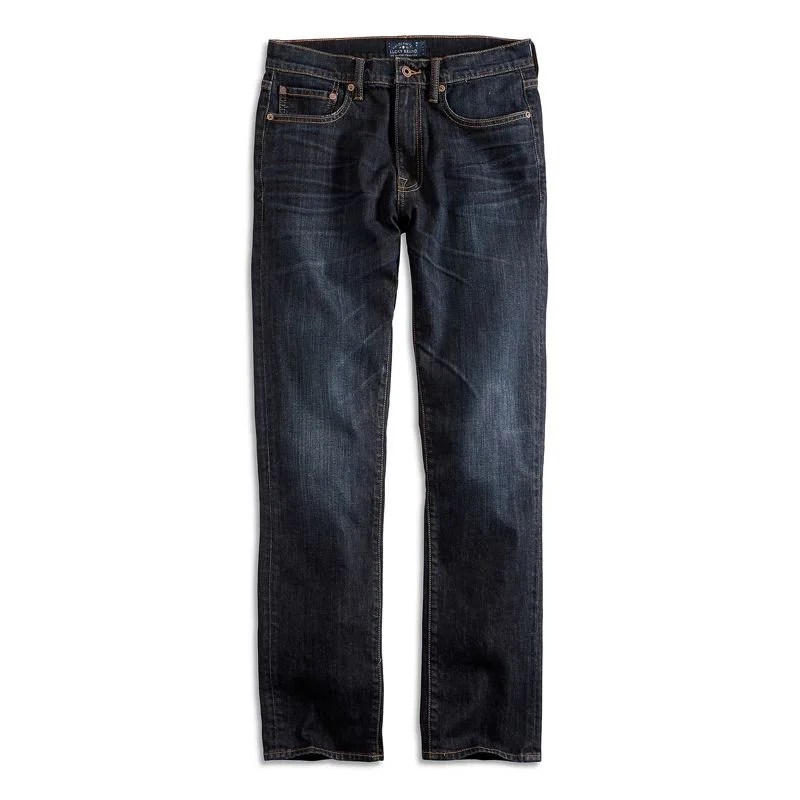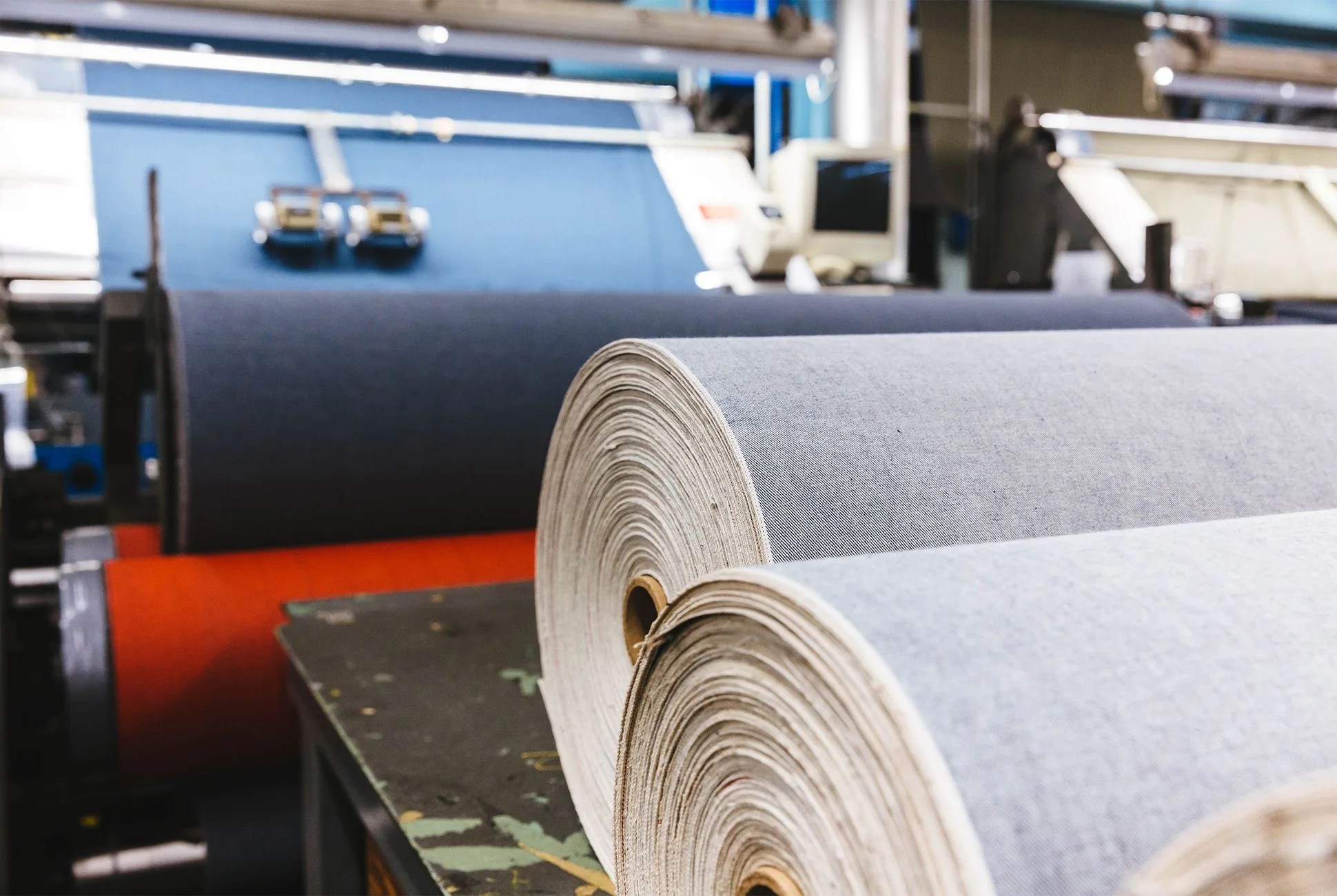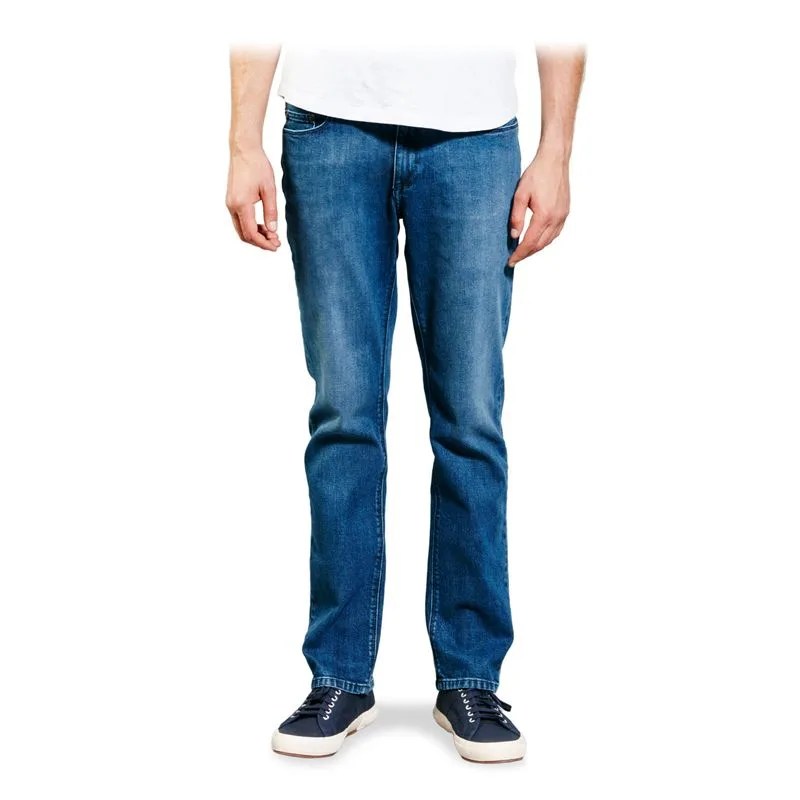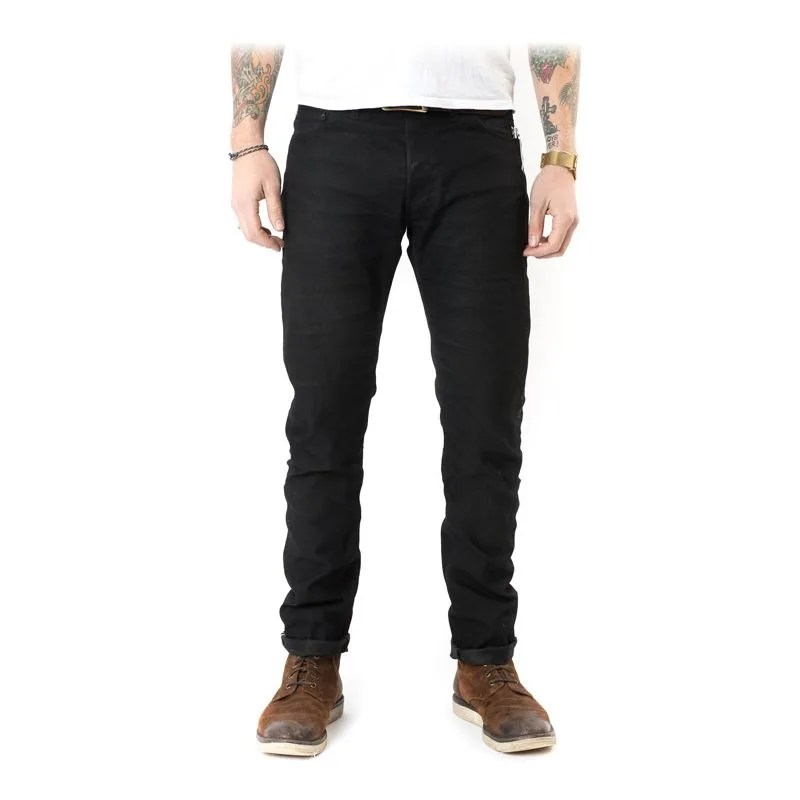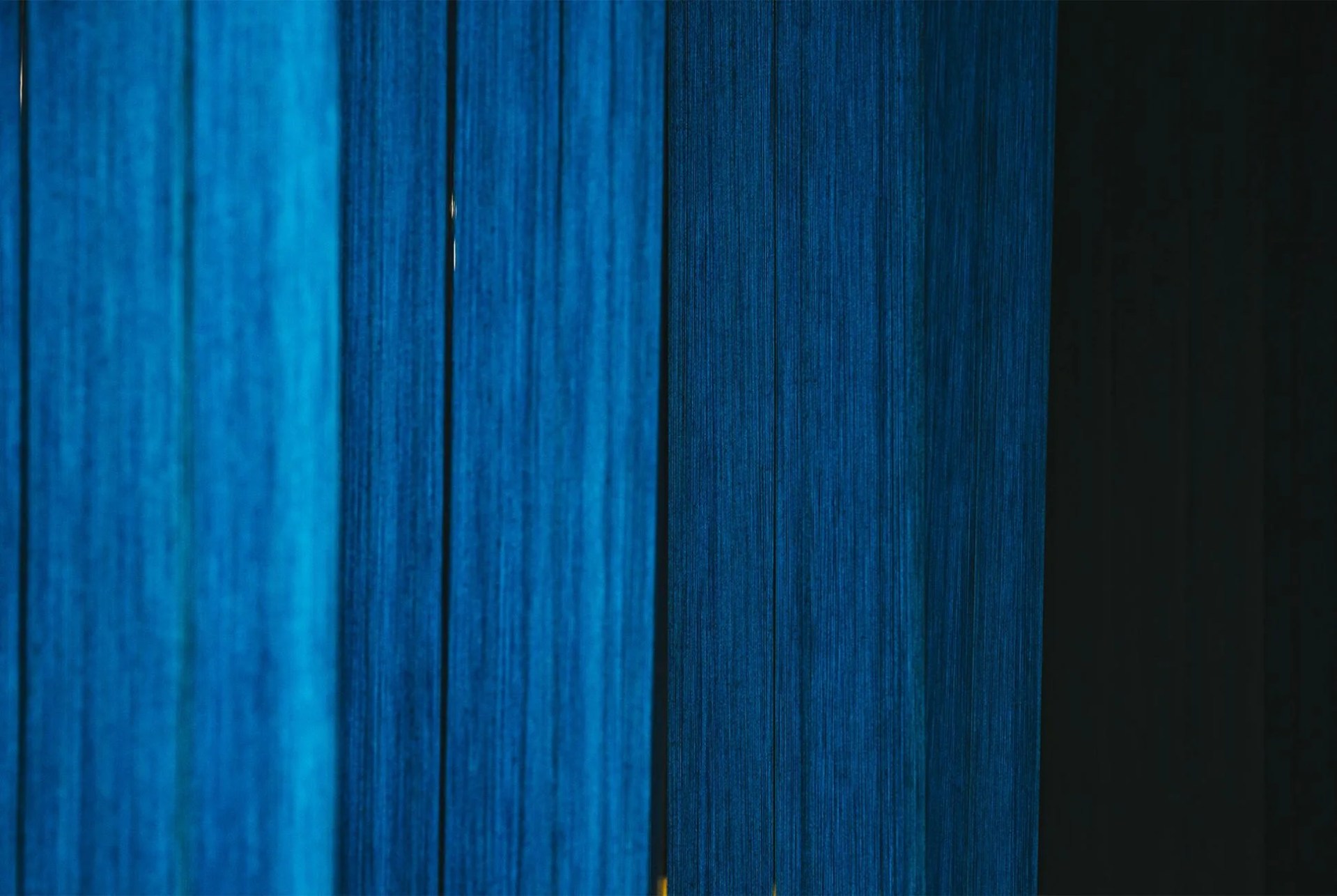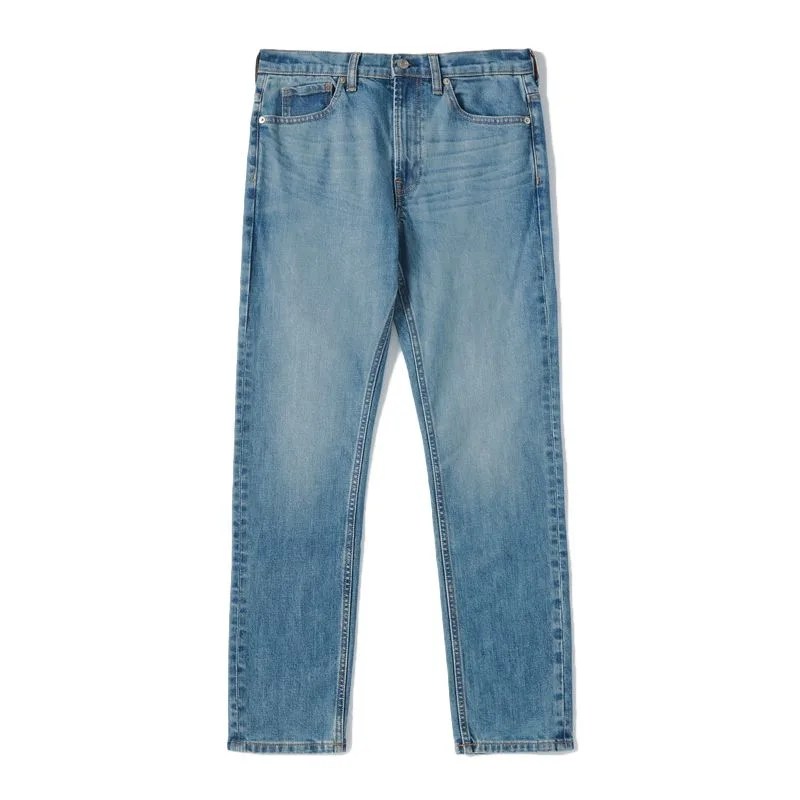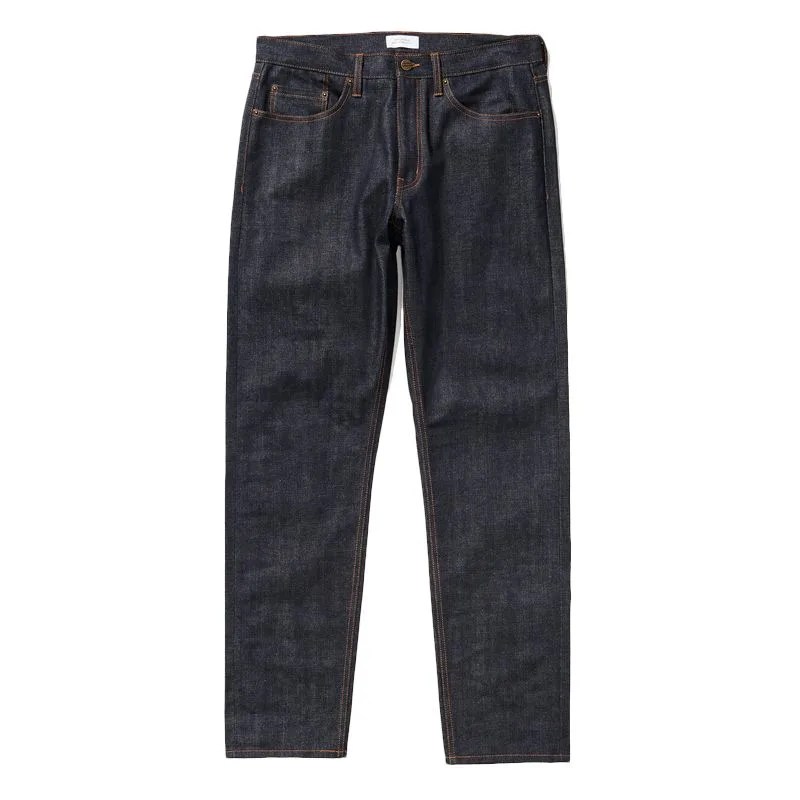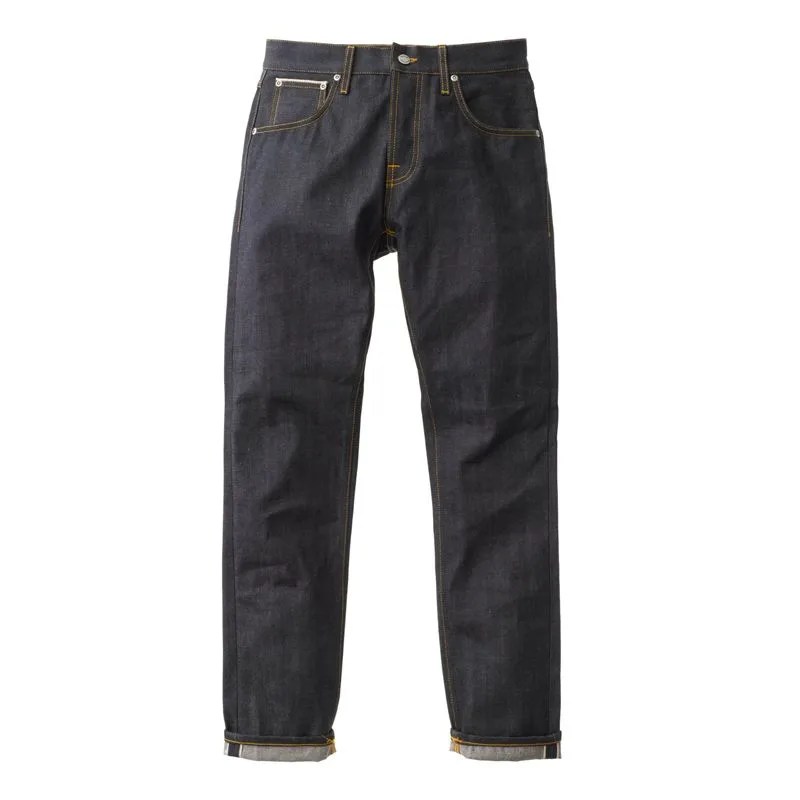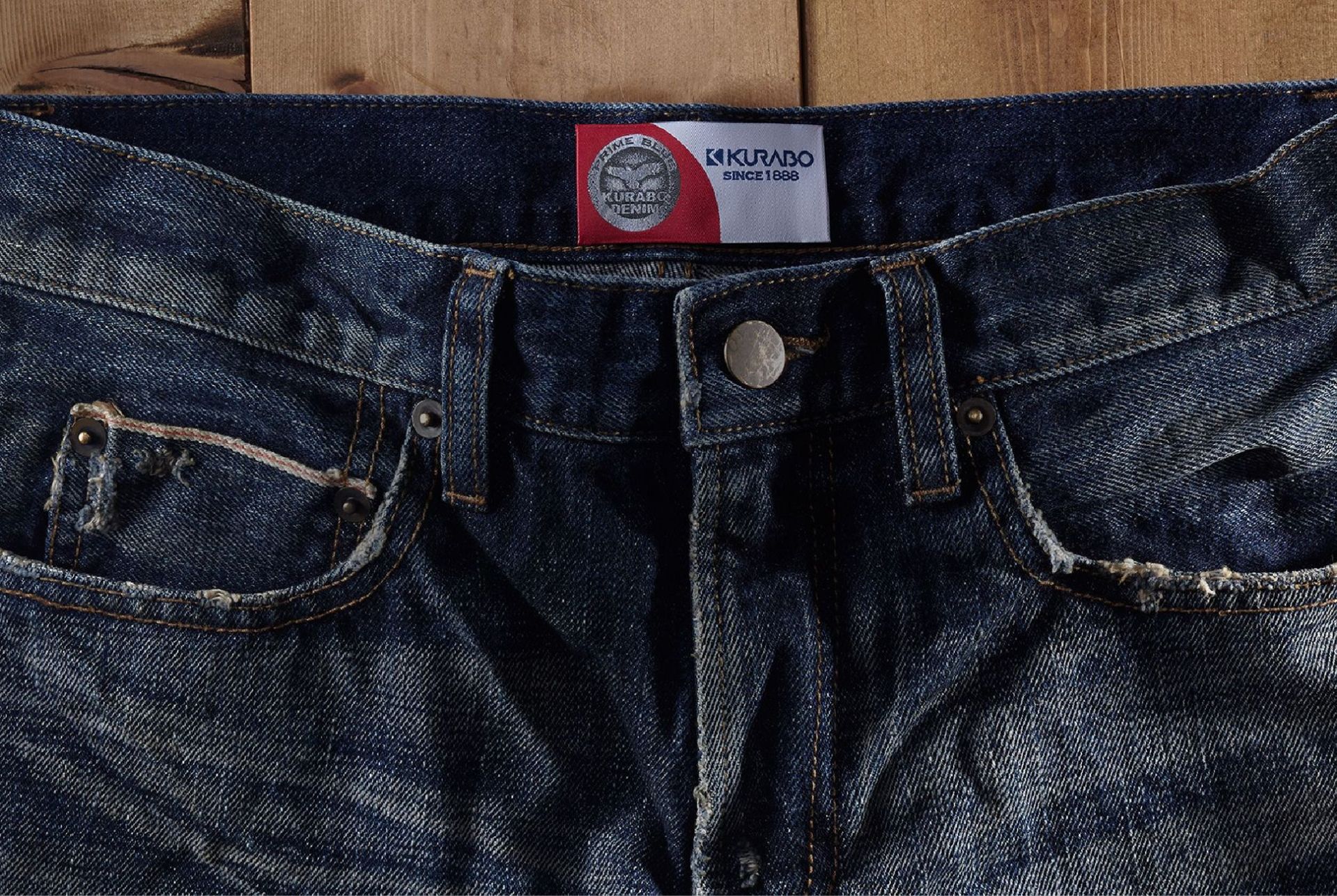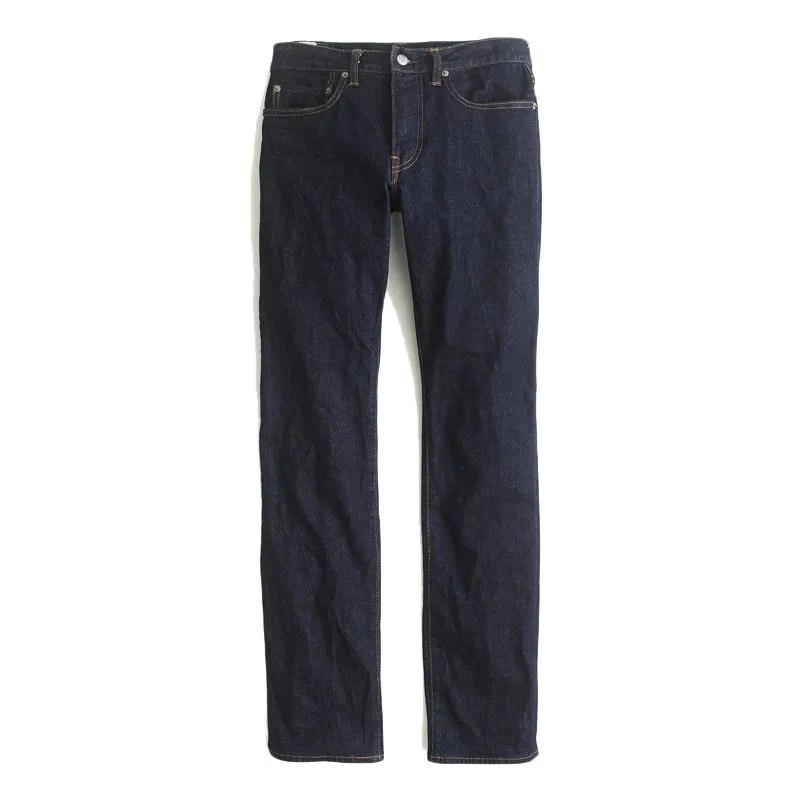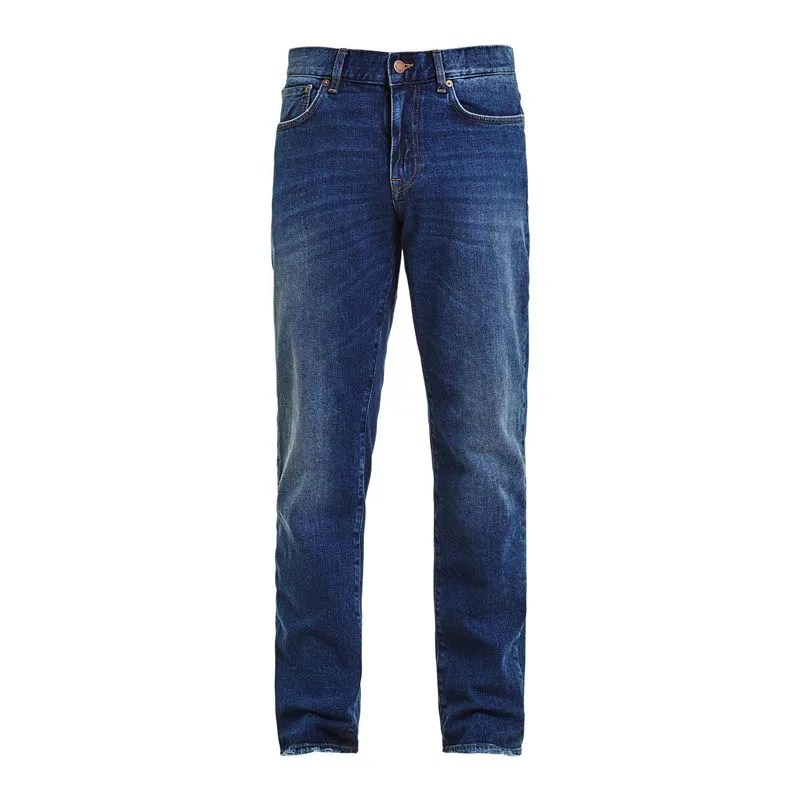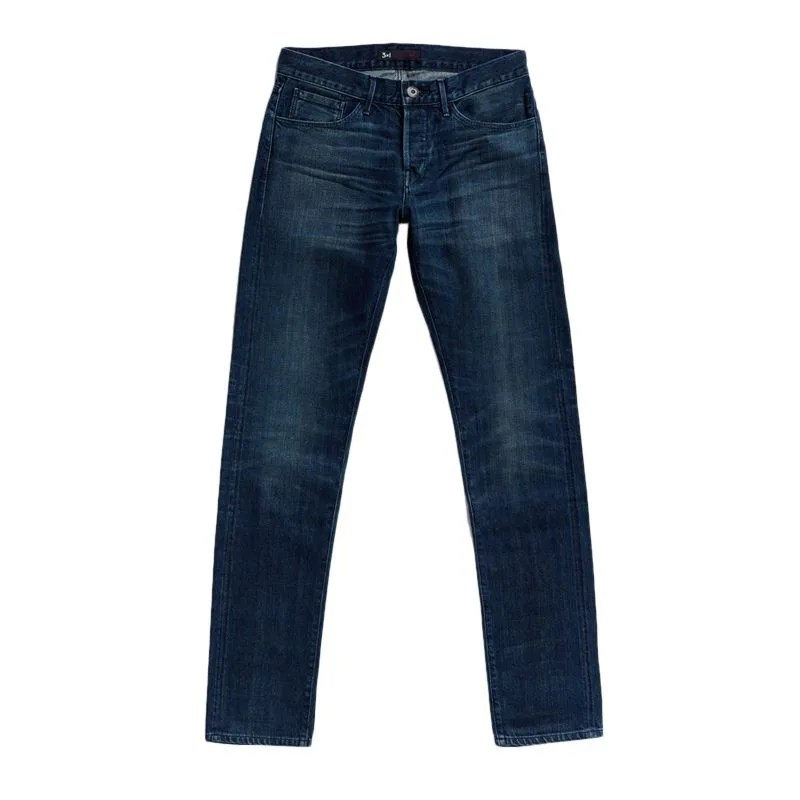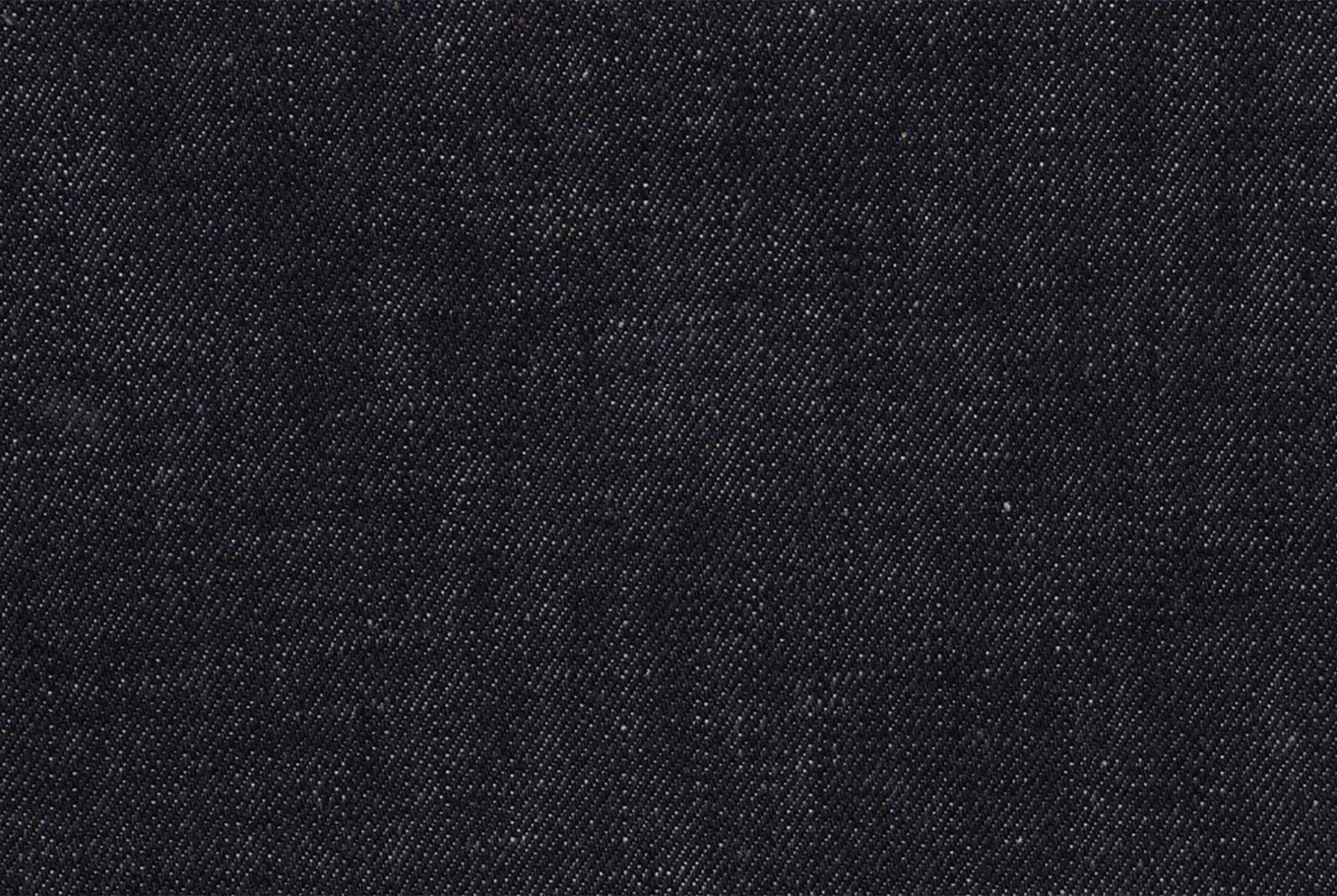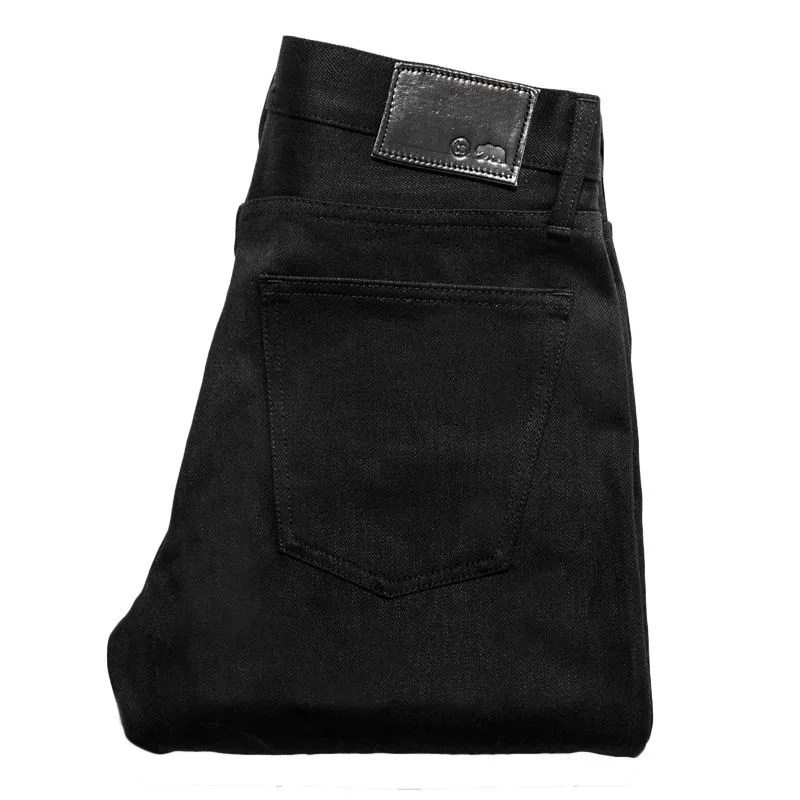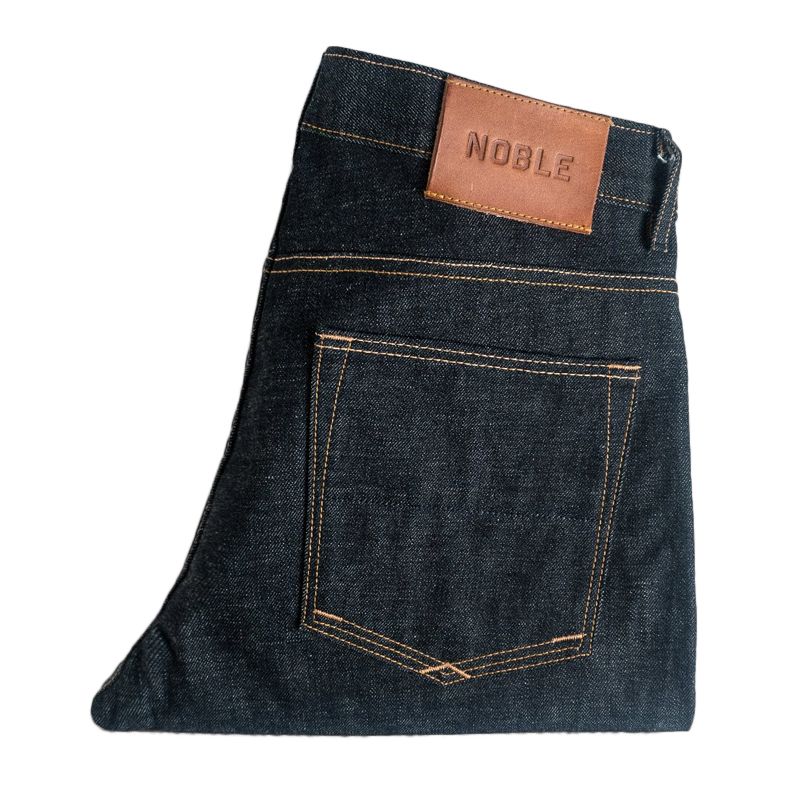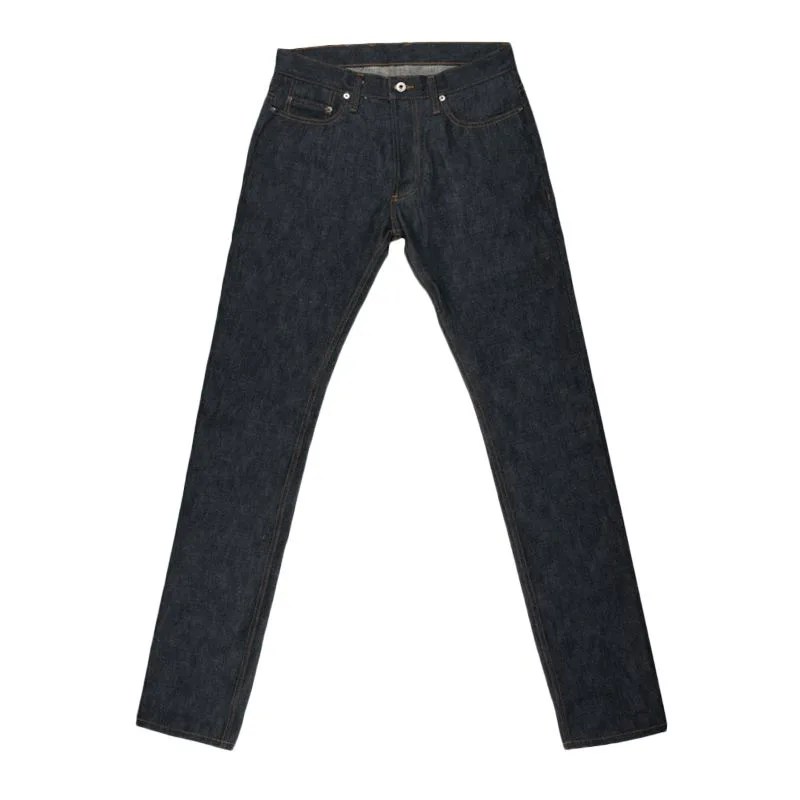The Levi’s 501 came out in 1890 and sturdy, rivet-enforced work pants quickly became a staple of the men who built the American West: railroad workers, lumberjacks, cowboys. But, as most of us know, denim didn’t stop there. Jeans have proliferated beyond social-class and nationality. Today, they’re worn every day by billions of people around the globe.
As with many products, materials and construction contribute immensely to the quality of the final product. That said, construction isn’t the problem it once was. “Most factories in the world, regardless of where the jean is made, can cut and sew a jean pretty well,” says Kiya Babzani, founder of Self Edge. So if you’re really looking for a better pair of jeans, it pays to focus on the fabric — who made it, and how?
The U.S., once a major player in producing denim, no longer produces high-end selvedge denim; the country’s last major mill, Cone Denim White Oak, retired its looms at the end of 2017. The silver lining here is that world’s top mills continue to expand on America’s legacy as the birthplace of denim, employing modern techniques and sustainable methods. Here are four you should know.
Candiani Denim
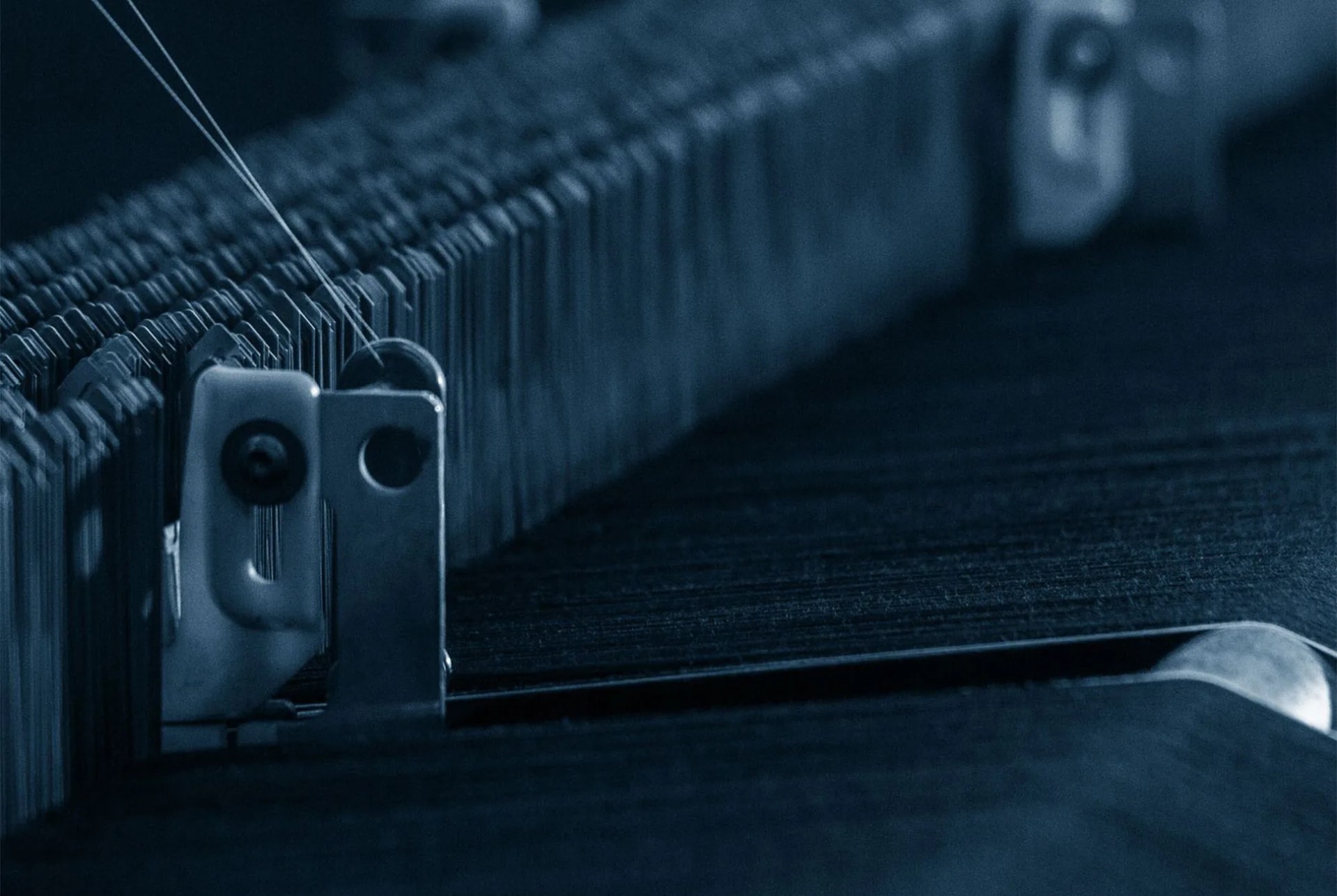
Milan, Italy: Founded in 1938, Candiani is a family-run business that specializes in sustainably-focused denim. Nearly 40-percent of the mill’s products go to Los Angeles-based denim brands, and the company has an outpost in L.A. called the Downtown Design Center that focused on innovations in fabric and washing.
